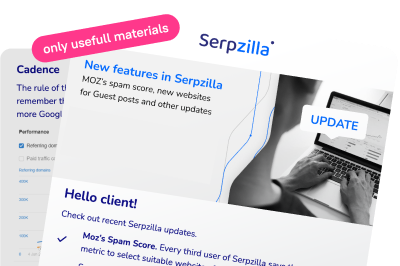After collecting the semantics, your list will contain thousands or even hundreds of thousands of queries. This is too much for effective work. To determine which ones should be included in the semantic core, analyze three characteristics of the query: geo-dependency, frequency and competitiveness (their potential for optimization and independent site promotion)
Competitiveness
This parameter assesses how difficult it is to reach the top for a query. The higher the competitiveness, the more sites are optimized for these keywords, making it harder to break into the first page of search results.
Evaluate competitiveness in conjunction with other parameters, and select queries for promotion with an optimal combination of frequency, competitiveness, and geo-dependency.
Geo-dependency
This characteristic means that the search results depend on the user’s location. For example, for the query “24-hour car wash,” users from different districts of a small city will get different results. Search engines will select sites with car wash addresses closest to the user’s geolocation.
Some SEO-specialists also include regionally specific queries, such as “buy a washing machine in Ahmedabad” in this category. We would separate these into a regional group. Geo-dependent queries are suitable when the site owner promotes it independently. They are always commercial (the person is looking for a specific service or product in their region) and are included in the semantic core.
Frequency
This parameter shows how often a phrase or word is entered into the search engine by users. The classification for low-, medium-, and high-frequency queries varies for different topics, but generally, up to 100 queries per month are considered low frequency, up to 1000 are medium frequency, and over 1000 are high frequency.
Many aim to rank high for high-frequency queries, but there are nuances:
- High competition and, as a result, expensive promotion.
- It’s important to determine the commerciality of the query, as many high-frequency queries are partially or entirely informational.
- Such queries attract a lot of non-converting traffic. Even if the search engine determines the query as commercial, some users visit the site for information, not to make a purchase.
Often, optimizing for low-frequency queries is the most effective way to promote a site.
Also, after collecting frequency data, confidently exclude queries with a frequency of 0 from your selection – promoting them is impractical.



